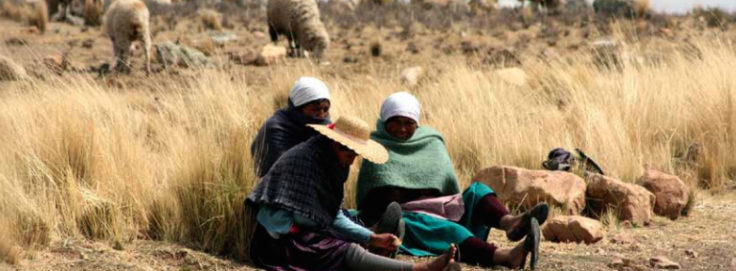
Search
The Multidimensional Poverty Index: Rethinking Measurement, Improving Governance

The Multidimensional Poverty Index (MPI) is an attempt to reconceptualise the measurement of poverty to acknowledge that, while income is a necessary element, it is by no means a sufficient gauge of social well-being. It also recognizes that a simple poverty headcount is not enough; the depth, persistence, and complexities of poverty must also be understood.
The first publication of the MPI at a global level was in 2010 in the Human Development Report by UNDP and OPHI. Since then, much has been published about the MPI, with Latin America and the Caribbean at the leading edge of innovation with respect to its definition, how it is calculated at a subnational level, and how it is used to inform policy. For example, in 2018 Panama presented the first official Child MPI in the region, as a tool to complement the country’s official poverty measurements. The Child MPI included dimensions that were adapted for the measurement of the different vulnerabilities that boys, girls, and adolescents experience – such as protection and recreation.
What is the added value of the global MPI in Latin America and the Caribbean?
The results of the 2018 global MPI reveal the challenging landscape of poverty worldwide. For Latin America and the Caribbean in particular, the global MPI demonstrates the great heterogeneity that exists among the countries of the region, where less than 5% of the population lives in multidimensional poverty in the majority of the Caribbean countries, but that number is 12% in Peru, 20% in Honduras, and up to 48% in Haiti. This means that close to 40 million people (8% of the region’s population) live in multidimensional poverty and 11 million (2%) live in severe multidimensional poverty. At the same time, 39 million people are identified as vulnerable to multidimensional poverty, demonstrating that a significant number of people in the region have a high probability of falling into multidimensional poverty if some kind of adverse shock affects their country or household. These kinds of vulnerabilities reinforce the idea that, while Latin America and the Caribbean is indeed a middle-income region, it is still far from being a middle-class society.
Close to 40 million people (8% of the region’s population) live in multidimensional poverty and 11 million (2%) live in severe multidimensional poverty.
The MPI is more than just an official statistic that is closely aligned with Sustainable Development Goal 1: it increases our understanding of the many forms of poverty experienced by those who are left behind. In Latin America and the Caribbean, for example, infant mortality, nutrition, and years of education are the indicators with the greatest incidence of multidimensional poverty. This highlights the need for comprehensive solutions in order to attain social well-being.
The MPI is also a tool for improving governance in a variety of ways. On the one hand, it improves the coordination of public policies, aligning the interests of diverse actors behind a common goal. The exercise of designing the MPI is, indeed, an exercise of defining priorities that includes different sectors and brings together relevant actors. It also strengthens national information systems through the use of surveys to keep the index updated and to monitor national priorities. Finally, it encourages government accountability and responsibility. An updated and transparent MPI allows a broad overview of progress, identifies lagging priorities, and celebrates accomplishments.
This article was published in Dimensions Magazine 6 (PDF).
Original in Spanish. Thanks to Kristin S. Fisher (UNV) for this article translation.
















